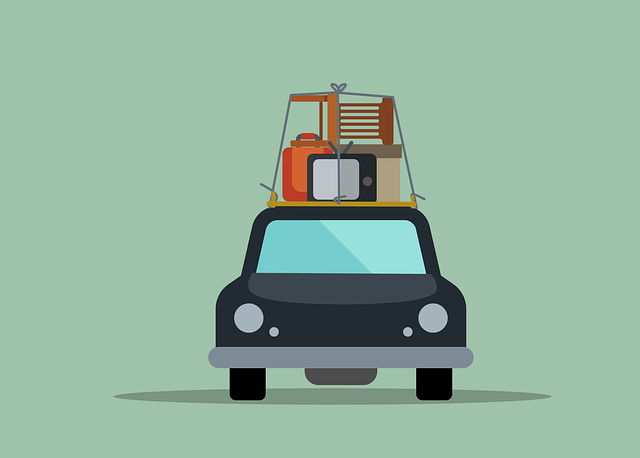When moving your car across country, choose between hiring a professional auto transport company or driving it yourself based on time availability, budget, and comfort level. Consider distance, vehicle type, and logistics like route planning to determine costs. Prepare your vehicle with a thorough inspection and secure packing to ensure safety during transit.
Moving your car across the country can be a daunting task, but understanding your options is the first step towards a smooth transition. This comprehensive guide explores the various ways to ship your vehicle over long distances, ensuring you make an informed decision tailored to your needs and budget. From containerized transport to open-deck trucking, each method has its advantages and considerations. Let’s delve into the process, uncover hidden costs, and prepare your car for a successful cross-country move.
- Understanding Cross-Country Car Shipping Options
- Factors Influencing Cost and Logistics
- Preparing Your Vehicle for the Journey Ahead
Understanding Cross-Country Car Shipping Options

When considering how to move your car across country, understanding your options is crucial. The primary methods include hiring a professional auto transport company or opting for a self-drive approach. Professional shipping offers advantages like insurance coverage during transit and experienced handlers who ensure your vehicle’s safety, especially for long distances. This option is ideal for those with tight schedules or limited time to drive cross-country themselves.
On the other hand, self-driving gives you control over the entire process but demands significant personal investment in terms of time and energy. It requires thorough planning, including route selection, rest stops, and fuel management. While it may be more affordable than professional shipping, it necessitates a comprehensive understanding of driving across varied terrains and weather conditions, which can be stressful for many individuals.
Factors Influencing Cost and Logistics

When planning to move your car across the country, several factors significantly influence both the cost and logistics involved. The primary considerations include the distance traveled, vehicle type, and mode of transportation chosen. Long-distance moves generally come with higher costs due to increased fuel expenses and potential additional fees charged by transport companies for longer routes. For instance, shipping a car from coast to coast will be more expensive than a shorter intra-state journey.
Vehicle size and weight also play a crucial role in determining pricing. Larger vehicles like SUVs or trucks might incur extra charges because of their dimensions and weight, whereas smaller cars could be more cost-effective. Furthermore, the availability of transport services and routes can vary based on geographical locations, impacting both timing and pricing. Efficient logistics planning, including route optimization, can help reduce costs and ensure a smoother move for your vehicle across the country.
Preparing Your Vehicle for the Journey Ahead

Before shipping your car cross-country, it’s crucial to prepare it for the journey ahead. Start by conducting a thorough inspection, ensuring all fluids are at optimal levels, tires are in good condition, and brakes are functioning properly. Address any maintenance issues, such as replacing worn-out parts or fixing leaks, to prevent unexpected breakdowns during transit.
Additionally, pack your vehicle with care, securing loose items in the trunk or cargo area to avoid damage from shifting. Remove any unnecessary valuables, ensure all windows and doors are locked, and consider using wheel chocks for added security. These steps will not only make your car more secure during shipping but also help you feel confident that it’s ready for the long-distance move.
